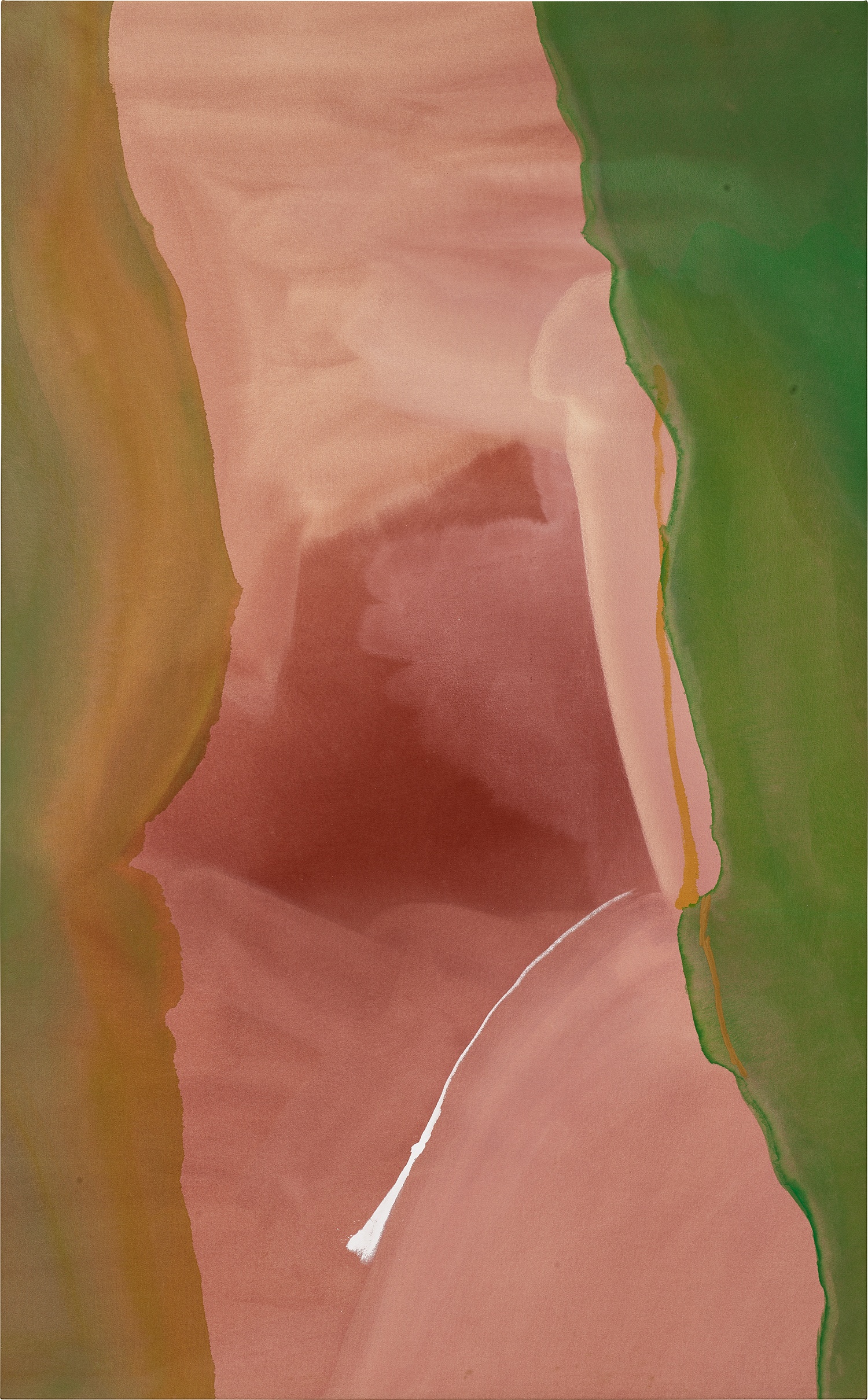



Property from a Private Midwestern Collection
133
Helen Frankenthaler
Spirits of Wine
titled and dated "SPIRITS OF WINE - (1972 - AUGUST) SPIRITS OF WINE" on the stretcher
acrylic on canvas
69 5/8 x 43 1/4 in. (176.8 x 109.9 cm)
Painted in 1972.